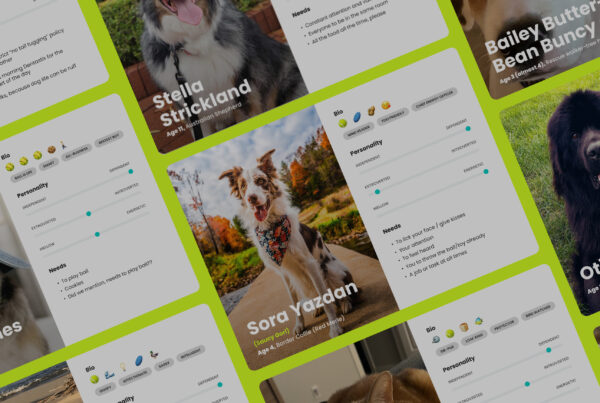Notifications through email, instant messaging platforms, project management tools, or internal communication systems have become an integral part of our work life. They provide real-time updates, keep us informed, connected, and on top of our tasks. Yet, they can also be the relentless drumroll that disrupts our focus, amplifies stress, and threatens our productivity. Today, we’re exploring the art of separating notifications at work, understanding when they are beneficial and when they can become counterproductive.
The Case for Notifications

Notifications can be your trusted allies in the workplace:


The Dark Side of Notifications

While notifications offer many benefits, they can also pose several challenges:


Striking the Balance

So, how do you strike the balance between good and bad notifications?


Decompartmentalizing notifications at work is a delicate balancing act. By understanding when notifications are helpful and when they can become a hindrance, you can strike the right balance. Implementing strategies to manage and prioritize your notifications allows you to harness their benefits while avoiding the negative impacts of distraction and information overload.
The goal is to take charge of your notifications rather than letting them control your workday, enabling you to focus, stay productive, and maintain a healthier work-life balance. And with this art mastered, you can navigate the digital landscape with greater efficiency, less stress, and heightened productivity. Want to learn more? Contact us to see how our enterprise platform experts can help provide the right foundation for your organization to enable growth and run at scale—without disruption.
You Might Also Like…
Unlock the full potential of your next digital transformation with our comprehensive collection of insights, analysis, and expert opinions.

A Paw-some Approach to Employee and Customer Success





